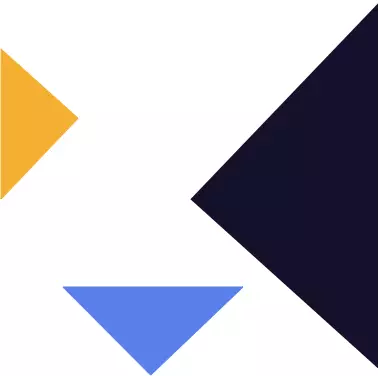


Doğukan Barkan
01.02.2023 - 12:43
The King is dead! Long live the King!
01.02.2023 - 12:43
The Game of Thrones of Embedded Software Languages
Embedded software refers to the computer programs that run on devices with limited resources and functionality, such as microcontrollers in everyday objects like appliances, automobiles, and industrial control systems. For decades, the C programming language has been the industry standard for developing embedded software, due to its efficiency, portability, and flexibility. However, new programming languages have emerged in recent years that aim to challenge C's dominance in the embedded software market.
One such language is Java. Developed by Sun Microsystems in the 1990s, Java is a high-level, object-oriented language that is designed to be easy to learn and write. It is widely used in web development, mobile app development, and other areas of software engineering. In the realm of embedded software, Java has been promoted as a viable alternative to C due to its ability to support real-time systems and its built-in support for concurrency and multithreading. However, Java's overhead in terms of memory usage and processing power has limited its adoption in resource-constrained environments.
Another language that has gained popularity in the embedded software field is Python. Python is a high-level, interpreted language that is known for its simplicity, readability, and expansive standard library. It has a strong presence in the fields of scientific computing, data analysis, and artificial intelligence. In the realm of embedded software, Python has been used as a scripting language for rapid prototyping and testing, as well as for implementing the high-level logic of systems. Python can be used in embedded systems through the use of Cython, a Python-to-C compiler, or by embedding a Python interpreter into a C program. However, the dynamic nature of Python can impact its performance and efficiency in resource-constrained environments.
Go, also known as Golang, is a relatively newer programming language developed by Google in the 2010s. Go is a compiled, statically-typed language that is designed to be efficient, concurrent, and safe. It has a lightweight syntax and a standard library that is focused on simplicity and ease of use. In the realm of embedded software, Go has been promoted as a language that combines the performance and control of C with the simplicity and readability of a higher-level language. Go has been used in a variety of embedded projects, including Internet of Things (IoT) devices and robotics.
Rust is a programming language that has gained popularity in recent years for its focus on safety, performance, and concurrency. Rust is a compiled, statically-typed language that uses a borrow checker to ensure memory safety and prevent data races. It has a strong presence in the fields of systems programming, game development, and blockchain. In the realm of embedded software, Rust has been proposed as a language that offers the performance and control of C with the safety and concurrency of a modern language. Rust has been used in a number of embedded projects, including IoT devices, robotics, and low-level systems.
Recently, Google has introduced a new programming language called Carbon, which is designed specifically for the development of embedded software. Carbon is a compiled, statically-typed language that is built on top of C and aims to provide the performance and control of C with the expressiveness and safety of a modern language. Carbon features a simple, readable syntax and a standard library that is tailored for embedded systems. Carbon is still in the early stages of development and has not yet been widely adopted in the embedded software industry.
In conclusion, while C remains the dominant language for developing embedded software, new programming languages like Java, Python, Go, and Carbon have emerged as potential alternatives that offer various trade-offs in terms of performance, simplicity, and expressiveness. Each language has its own strengths and weaknesses, and the choice of language will depend on the specific requirements and constraints of the embedded system being developed. It seems for the long term the crown will be remain in C since industry adaptation is not easy to change decades of investment on infrastructure of working and maintained projects.
References
Other Contents
